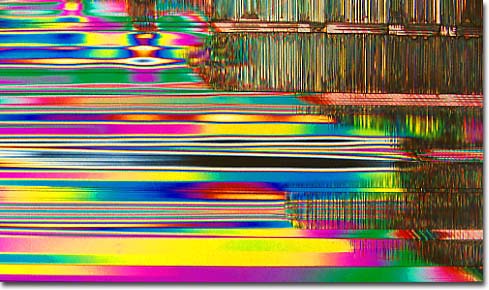|
Perovskites are generally characterized by large covalently bonded, closely packed structures that appear cubic and have an atom with a significantly smaller atomic radius located at the center. When electrical fields are applied to perovskites, the smaller, central atom can move within the crystal lattice without breaking bonds. Lanthanum aluminate is not itself a superconductor, but is of great interest to the scientific community because it is well suited as an epitaxial substrate for growing thin films of related superconducting materials. For instance, buckminsterfullerenes, nicknamed buckyballs, are 60-carbon alkenes that are capable of superconducting at relatively high temperatures and can be grown as thin films on lanthanum aluminate substrates. Current techniques for growing perovskite thin films on lanthanum aluminate substrates include metal oxide chemical vapor deposition (MOCVD) and molecular beam epitaxy (MBE).
|
